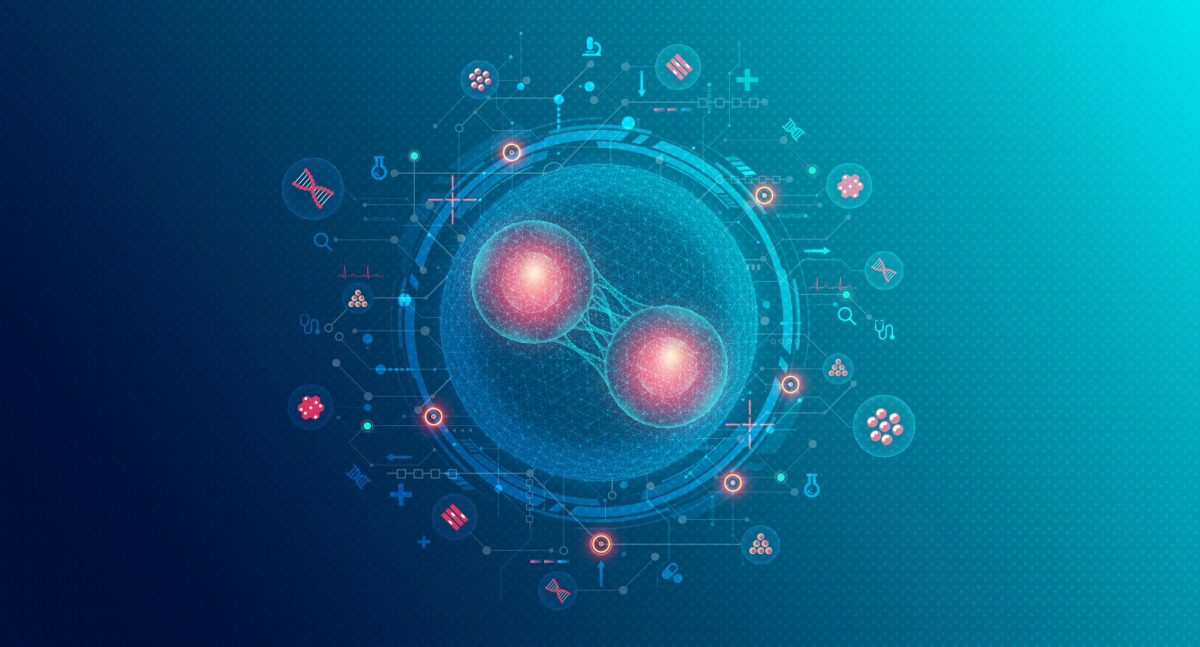As AI continues to revolutionize the world, its environmental and financial impacts have become increasingly significant. The initial training of a classic AI model requires enormous computational resources, resulting in significant energy consumption: GPT-3’s training process consumed approximately 1,287 MWh of electricity, equivalent to powering 130 US households for an entire year. Llama 3’s training required roughly 500,000 kWh, comparable to a long-haul flight’s energy consumption. Data centers hosting AI training operations often run continuously, contributing to sustained high energy usage. The virtual world is actually able to impact the physical world and sometimes affects it even greater than the physical world. The daily operations of AI systems continue to demand substantial energy: A single ChatGPT query consumes about 0.3 kWh—1000 times more than a standard Google search. ChatGPT’s daily operations consume approximately 1 GWh, equivalent to 33,000 US households’ daily energy use. This is an insane amount of energy. The AI sector is projected to consume 85-134 terawatt hours annually by 2027, rivaling the entire annual energy consumption of the Netherlands. That’s an entire nation. A whole AI nation is on the map, that’s ludicrous.
Not only does AI affect the environment, but it is also very expensive. GPT-3’s training costs ranged from $500,000 to $4.6 million. ChatGPT-4’s development exceeded $100 million. Google’s Gemini Ultra required an estimated $191 million in training costs. Combined, that’s enough money for multiple generations to spend lavishly. The essential hardware includes thousands of high-end GPUs, each costing thousands of dollars. Monthly cloud hosting costs for a single LLM instance can exceed $20,000. The Monthly Operating Costs are also pretty hefty.
Tech companies are actively seeking solutions to manage the high costs currently associated with AI. Google partnered with Kairos Power for 500 megawatts of clean nuclear energy and Amazon has made a $650 million investment in sustainable energy sources, aiding the environment. As AI technology continues to evolve, several trends are immediately clear: There will be an increased focus on energy-efficient model architectures, and the development of optimization techniques to reduce operational costs is occurring. The substantial energy consumption and financial costs present significant challenges for the technology sector. Finding long-term, effective solutions to these predicaments is the answer.



















